- Finding Utopia Newsletter
- Posts
- Malagonlong Bridge — A Bridge Through Time
Malagonlong Bridge — A Bridge Through Time
Stories: Malagonlong Bridge — A Bridge Through Time; Philippine Superstitions & Beliefs — Reflections of Life, Culture & the Unseen; Philippine Rice — More Than Just a Grain, It’s Life
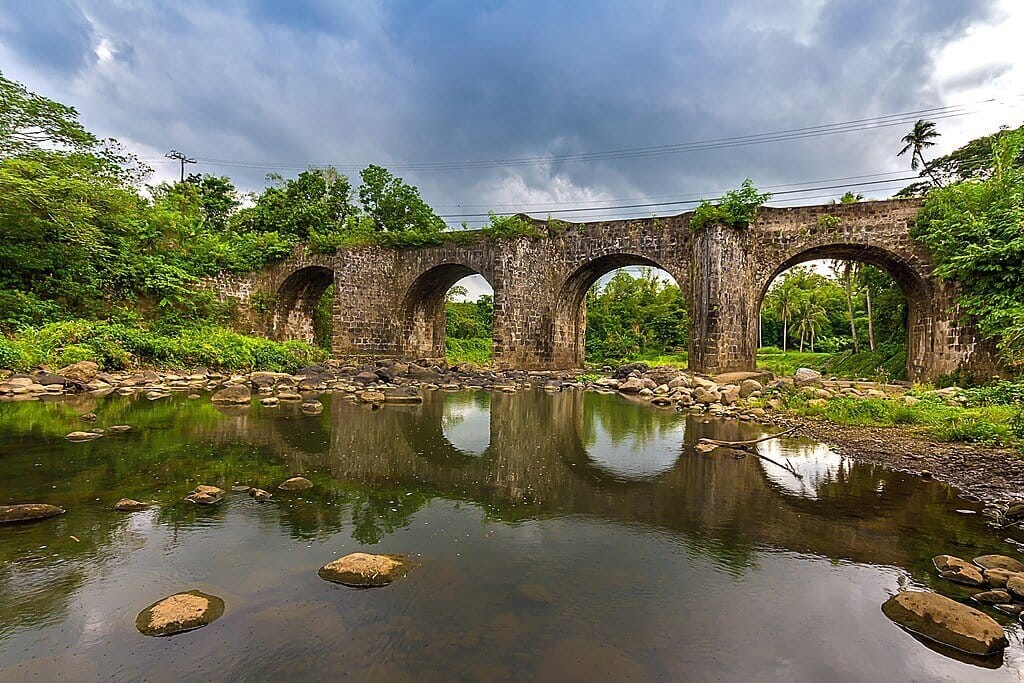
Hello and Mabuhay!
Welcome to Finding Utopia — your trusted guide to exploring the wonders of the Philippines and beyond.
In this edition, we bring you inspiring stories and essential travel insights to fuel your next adventure:
Malagonlong Bridge — A Bridge Through Time
Philippine Superstitions & Beliefs — Reflections of Life, Culture & the Unseen
Philippine Rice — More Than Just a Grain, It’s Life
Wherever you're dreaming of going next, we're here to guide you closer to your utopia.
Enjoy the read!
— The Finding Utopia Team
Malagonlong Bridge — A Bridge Through Time
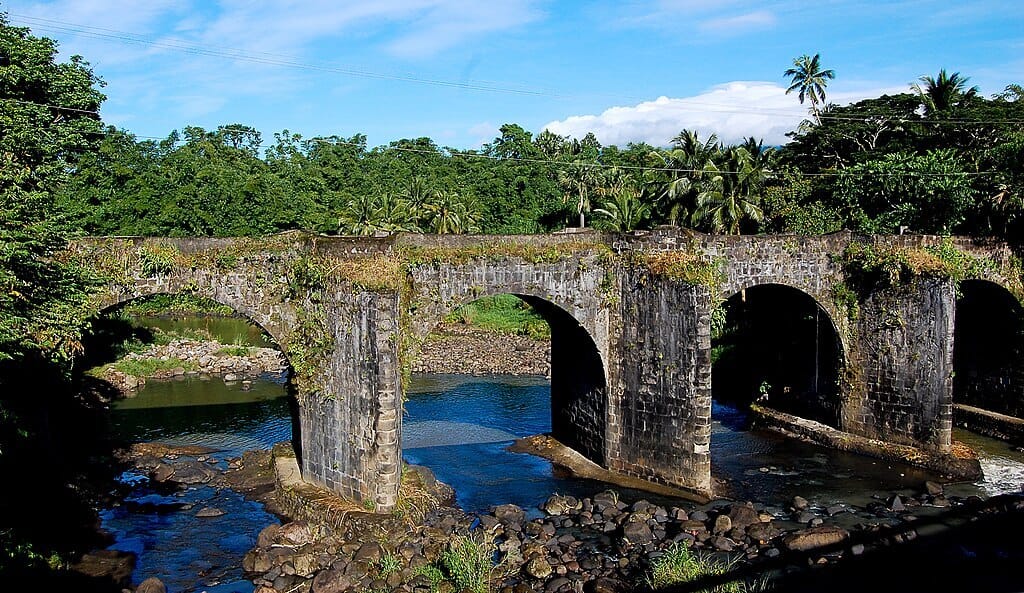
Nestled in the heart of Tayabas, Quezon Province, Malagonlong Bridge stands as a living monument to Filipino craftsmanship, colonial history, and the enduring spirit of the place. Built between 1840 and 1850 during the Spanish colonial era, this stone-arch bridge is more than a crossing—it’s a passage through time.
Architecture & Engineering That Endure
Constructed from approximately100,000 adobe blocks of limestone and molasses-bound mortar, the bridge spans 445 feet (≈136 m) across the Dumacaa River in five elegant arches.
The first arch measures both 36 feet in height and width; subsequent arches reduce in size (33 ft, 30 ft, 18 ft) yet maintain architectural harmony.
Recognised as the longest stone-arch bridge of the Spanish era in the Philippines, it carries both historical and national significance.
Connecting History, People & Landscape
Commissioned under the guidance of Fray Antonio Mateos and built largely through the labour of local artisans, the bridge served as a vital link between barangays Mateuna and Lakawan and the eastern side of Tayabas.
Declared a National Cultural Treasure in 2011 under the “Historic Bridges of Tayabas” grouping, Malagonlong is part of a heritage network of 11 stone bridges in Tayabas that encapsulate Spanish-era infrastructure.
Today, the bridge is closed to vehicular traffic and functions as a pedestrian heritage site. It invites visitors to cross slowly, to pause in one of its six built-in balconies, and to reflect on the passage of time.
Visiting & Preservation Notes
Located around 4–5 hours from Manila: take the bus to Lucena Grand Central Terminal, then jeepney or tricycle to Tayabas city proper, and finally a short ride to the bridge site.
While entry is free, note that the site is unlit after dusk and lacks modern amenities such as cafés or restrooms—it’s best visited during daylight.
Conservation efforts remain ongoing: vegetation growth, structural erosion, and vandalism are current threats. The local government and heritage groups urge respectful visitation.
Why Malagonlong Belongs in Your Itinerary
Malagonlong Bridge is not just a stop-over; it’s a contemplative moment in any journey through Luzon’s heritage corridors. It offers:
Architecture in the open: Walk across a structure still carrying its 19th-century form, material and purpose.
A story of connectivity: The bridge once served as a transport link—now it links us to our past.
Photo-worthy vistas: From the stone arches above the river to the sweeping views of the surrounding forest, this is heritage with ambiance.
Cultural humility: As traffic hums on the modern road beside it, Malagonlong invites a slower pace—a pause to remember, respect, and feel the layers of place.
Whether you’re a history enthusiast, architecture lover, or road-tripper exploring Quezon Province, don’t just pass by Malagonlong Bridge—walk it, listen to its echoes, and let its stones speak.
Become an email marketing GURU.
Join us for the world’s largest FREE & VIRTUAL email marketing conference.
Two full days of email marketing tips & trends, famous keynote speakers (Nicole Kidman!), DJ’s, dance contests & networking opportunities.
Here are the details:
100% Free
25,000+ Marketers
November 6th & 7th
Don’t miss out! Spots are LIMITED!
I want in! (US attendees only!)
Philippine Superstitions & Beliefs — Reflections of Life, Culture & the Unseen
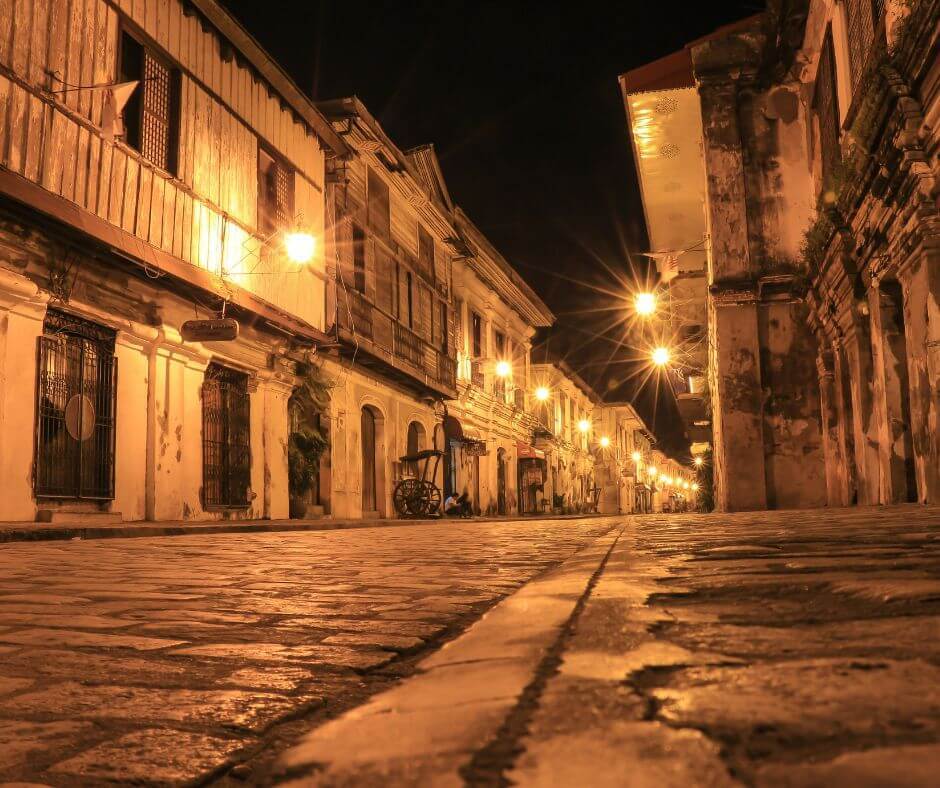
In the Philippines, everyday life is quietly shaped by beliefs, customs, and traditions that stretch far beyond mere superstition. The blog post “Philippine superstitions and beliefs — A Reflection of Filipino Life and Culture” explores how these practices aren’t relics of the past — they remain active threads in a tapestry where faith, folklore, family and the unseen meet.
Ancient Roots & Spiritual Foundations
A World Shared with Spirits
Before colonial influence, Filipinos believed the land, rivers and skies were inhabited by guardian spirits (anito or diwata) and ancestors who watched over the living. Rituals, offerings and taboos helped sustain harmony with this unseen world.Cultural Confluence
Over time, Chinese, Spanish and Muslim faith traditions layered into local beliefs. Chinese ideas of fortune and auspicious symbols, Spanish Catholic rituals, and Muslim devotional practices merged with indigenous spirituality to form a complex cultural fabric.
Everyday Customs that Carry Meaning
Simple acts, deep resonance
The tradition of pagpag — not going straight home after a funeral or wake — still exists as a way to ensure the dead don’t follow you home.Sweeping the floor at night is often avoided because it’s believed to ‘sweep away’ good fortune.Life-stage rituals
At birthday feasts, serving long uncut noodles (pansit) signifies long life; cutting them short is said to invite misfortune.On New Year’s Day, families place twelve round fruits on the table and tuck coins in their pockets—symbols of continuity and prosperity.Respecting unseen companions
Saying “Tabi-tabi po” when passing through shaded corners or anthills is a form of respect to the duwende (elf-like beings), reminding children and adults alike to tread gently in nature.
Why These Beliefs Still Matter
Harmony with nature and community
These customs teach humility and respect—not just for people, but for ecosystems and ancestral wisdom. They instill a sense of belonging and interconnectedness.Culture in motion, not museum-fixed
Far from being “superstitions” in the derogatory sense, these practices live in urban and rural households alike. In city apartments, you’ll still find red envelopes during New Year, skipping the 13th floor in buildings, or other blended beliefs of modern and ancestral origin.Learning beyond logic
While modern life emphasises science and reason, these beliefs offer another kind of wisdom—recognising that not everything can be measured, but much can be felt, respected or intuited.
Embracing the Meaning, Not the Mystery
Whether you’re a traveller, resident, or culture-curious observer, bending toward these traditions invites more than curiosity—it invites connection. Ask a local why they serve long noodles, why they whisper “Tabi-tabi po,” or why they pause after a funeral. You’ll often find an awareness of legacy, of community, of unseen energies inviting you to respect more than you observe.
Dive into the full story here: Philippine Superstitions and Beliefs – A Reflection of Filipino Life and Culture
Fact-based news without bias awaits. Make 1440 your choice today.
Overwhelmed by biased news? Cut through the clutter and get straight facts with your daily 1440 digest. From politics to sports, join millions who start their day informed.
Philippine Rice — More Than Just a Grain, It’s Life
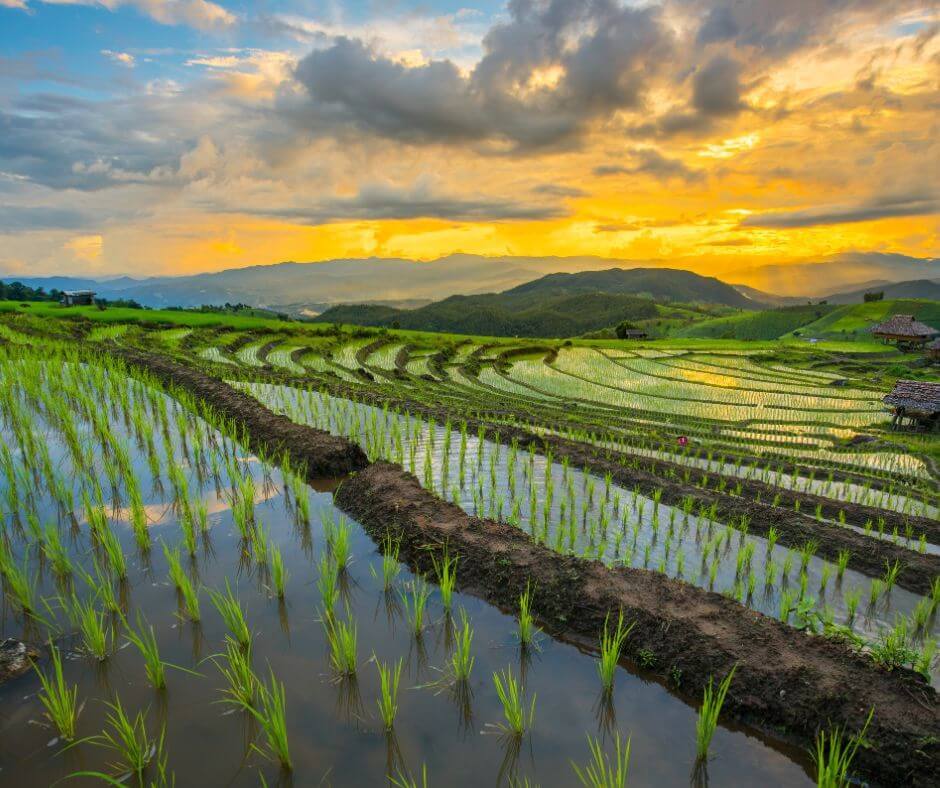
In the Philippines, rice isn’t merely a side dish—it’s the heart of every meal, the common thread that binds dawn to dusk, field to kitchen, and generation to generation. Our deep dive into Philippine rice explores its cultural roots, economic import, and role in shaping Filipino identity.
The Journey of Rice: From Terraces to Table
Ancient Beginnings & Indigenous Farming
Long before modern technology touched the archipelago, Filipino communities—especially in mountainous regions—carved terraces, directed irrigation, planted seedlings by hand. These early systems highlight ancestral ingenuity that still shapes rice farming today.Colonial Transformations & The Green Revolution
Spanish colonial rule introduced new irrigation networks and land systems; mid-20th-century innovations brought high-yield varieties and mechanised farming. These shifts dramatically increased output—but introduced new challenges like soil degradation, cost burdens for farmers, and dependency on external inputs.Rice Today: Tradition Meets Innovation
Farmers now balance heirloom rice varieties—such as tinawon, unoy, and chong-ak grown in uplands—with hybrid strains designed for pest and climate resistance. This dual path reflects both respect for heritage and urgency for agricultural sustainability.
Why Rice Matters on Many Levels
Farmers & the Fields
Behind every bowl lies a farmer rising before sunrise, managing seedlings and irrigation, harvesting under pressure. Yet many struggle: fluctuating prices, increasing costs, and climate risks. The nation’s Rice Tariffication Law and the Rice Competitiveness Enhancement Fund (RCEF) aim to modernise farms and protect livelihoods.Staple of the Kitchen
Filipino cuisine knows no dish without rice. From breakfast sinangag (garlic fried rice) to sticky sweet desserts like biko and suman, rice forms the culinary canvas upon which flavors and culture play.Economy & Food Security
Surprisingly for an archipelago loaded with rice fields, the Philippines remains one of the world’s largest rice importers. Demand, limited land, climate risk, and productivity gaps all contribute to the paradox—highlighting vulnerabilities in food security and the need for innovation.
The Future of Rice & Why It Matters to You
Climate change looms large: unpredictable rainfall, typhoons, rising sea levels—and all of this affects rice production. Researchers and farmers are turning to climate-resilient varieties, smarter irrigation, and sustainable practices to keep rice at the centre of Filipino life.
But rice isn’t just about yield—it’s about identity. From mountain terraces to urban diners, rice links community-life, rituals, economy, and cuisine. In a world moving fast, it remains a steady symbol of continuity, connection and shared culture.

A W-2, a Laundromat Owner & a Billionaire Walk Into a Room…
NOVEMBER 2-4 | AUSTIN, TX
“Almost no one in the history of the Forbes list has gotten there with a salary. You get rich by owning things.” –Sam Altman
At Main Street Over Wall Street 2025, you’ll learn the exact playbook we’ve used to help thousands of “normal” people find, fund, negotiate, and buy profitable businesses that cash flow.
Tactical business buying training and clarity
Relationships with business owners, investors, and skilled operators
Billionaire mental frameworks for unlocking capital and taking calculated risk
The best event parties you’ve ever been to
Use code BHP500 to save $500 on your ticket today (this event WILL sell out).
Click here to get your ticket, see the speaker list, schedule, and more

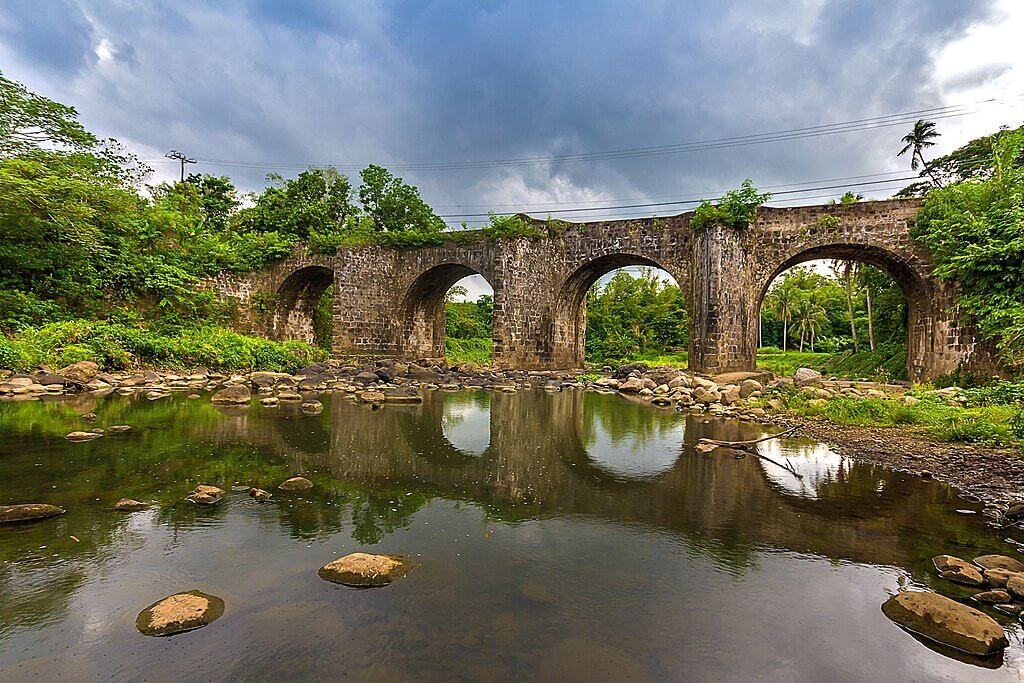





Reply